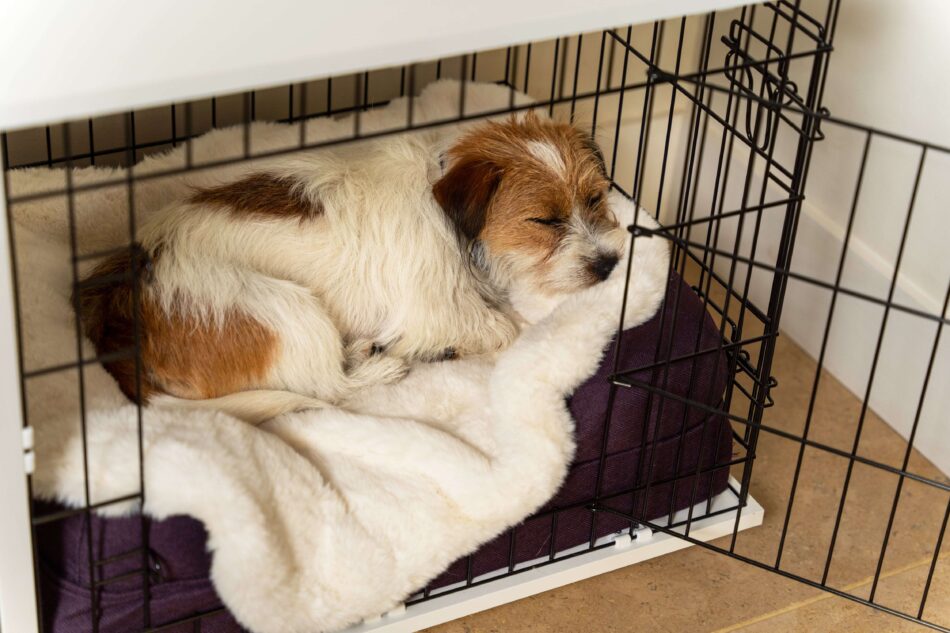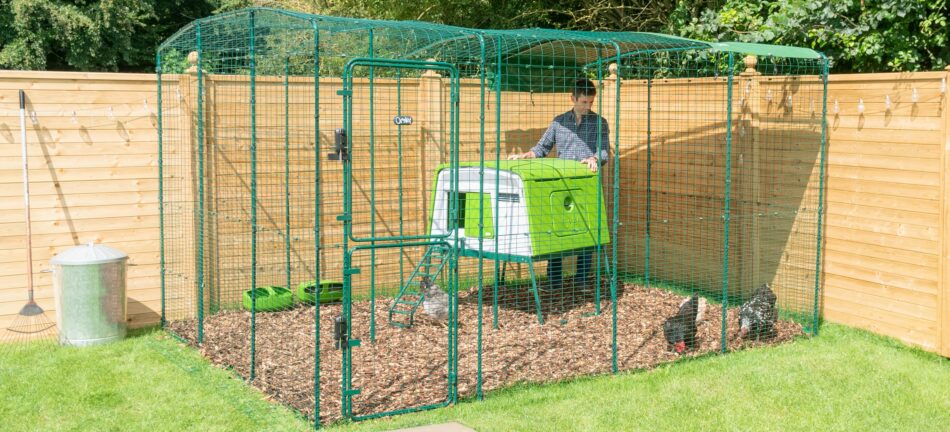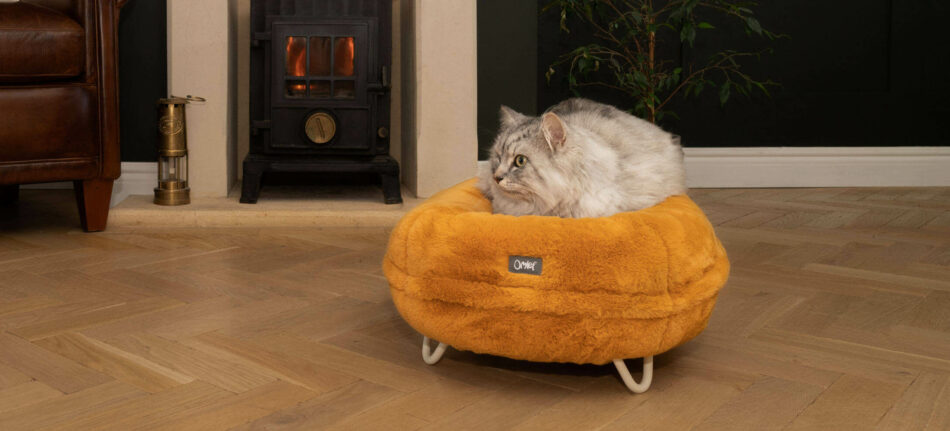How to minimize pet stress when moving
Moving can be stressful for everyone involved – including your pets. Thankfully, there are a few things you can do to minimize pet stress when moving. From furry to feathered family members, we’ve got solutions to keep your pets’ stress levels at a minimum during this big transition period.
Preparing for the move
Packing your pets’ essentials is an inevitable part of moving – but it’s something that you should try to time just right to help reduce the amount of stress they’ll endure. Try to pack your pets’ items last so that they’ll be first off of the moving truck when you get to your new home. If possible, keep comfort items like dog beds and cat beds available throughout your move.
Small pets like hamsters and parakeets should be kept in their cages for the entire move if at all possible to reduce stress. The Qute Hamster Cage has a removable bedding tray that can double as a moving container, and the Geo Bird Cage can be transported without being disassembled (aside from removing it from the optional stand).
Outdoor pets like chickens, rabbits, and guinea pigs pose a slightly more challenging endeavor. Chicken coops should be left assembled for as long as possible so that your flock can stick to their routine. Large items like the Omlet Walk in Chicken Run should be moved to your new home and reassembled as soon as possible, leaving your flock to stay in their coop’s attached run, or inside of chicken fencing in the meantime.
Rabbits and guinea pigs can be housed indoors or in small pet playpens temporarily during a move. A guinea pig playpen or rabbit playpen can comfortably house your pets for a day or two while you finish packing their things.
Temporary accomodations
If your move will be local, you may also want to consider leaving your pets with a friend or family member, or boarding them at a facility while you set up their things at your new home. Or, in the case of chickens, you could move your flock to your new home and have a chicken sitter watch them while you continue to pack and move the rest of your belongings.
Take extra care with cats, as they are more likely to experience deeper feelings of stress over moving than other pets. Hiring a cat sitter may be a good option, but only if your cat can remain at your current home until the day you move into your new home. Having someone check on them in a strange new home without you there is a sure way to stress out your cat.
During the move
Some pets enjoy traveling – others would rather be anywhere else, doing absolutely anything else. Thankfully, there are a few ways to help hit the road with your dog, cat, chickens, or small pets:
- Introduce the concept of a car ride to your pet well in advance of moving day. For dogs and cats, this could be taking them to the car and feeding them special treats. For chickens, rabbits, and guinea pigs – practice handling them and placing them in their travel containers with lots of treats. These practice sessions should be short and sweet, gradually building up to short car rides.
- Never let an animal roam freely in your vehicle. Ideally, all animals should be transported in travel crates, but some dogs especially may be too large for this to be a feasible option. Dog seat belts and harnesses are available, and are an excellent way to keep your pup safely where they should be in your vehicle.
- Small pets in crates or cages should be covered as long as they’re able to receive ample ventilation and airflow. Blocking out visual stressors will help your nervous pets travel better.
- If the trip is long, take breaks every hour or two to offer your pets water. Don’t attempt to offer food to traveling pets, as this could upset their stomachs. Dogs should be taken outside on a leash at each stop to stretch their legs and relieve themselves.
Welcome them home
Once you’ve finally made the transition to your new home, try to set up your pets’ things right away, and as close to how they were used to seeing them. If your dog’s water was in the kitchen, try to put it in your new kitchen. If your chickens’ coop was under trees before, try to find a shady spot in your new backyard. The idea is to make as few changes as possible to your pets’ routine and preferences.
Place indoor pets in a safe room while you unload their things. Make sure your cats, rabbits, or guinea pigs have access to a litter box during this time. Chickens should be placed in their run as soon as possible. Once everyone is settled, try offering a small amount of food and fresh water.
When you’re ready to introduce your pet to the new house or yard, make sure:
- All exterior doors and windows are closed to prevent accidental escapes
- Any gates or access points to your yard are closed
- Dogs and cats have their collars and identification tags on
If your cat is used to going outdoors, prevent them from going outside for the first two weeks of being in your new home. This will firmly establish that this new dwelling is “home”, and help prevent roaming.
Give all pets plenty of time to settle in. Small pets like parakeets and hamsters should fall right back into their usual patterns once their cages are in their permanent locations. Rabbits and guinea pigs may spend more time in their hutches, but as the days go on, they’ll venture out to take in their surroundings. Chickens may not lay eggs for the first few days following a move, which is completely normal under the circumstances.
Making a move with Omlet
Our products make it easy to take a piece of home with you wherever you go. Whether it’s your dog’s favorite blanket or your cat’s preferred bed, your pets can carry a comfort item with them during a move or during a temporary stay with friends. From chicken tractors and mobile rabbit and guinea pig hutches that you can wheel onto a trailer with ease, to take along hamster cages and bird cages, we make moving just a little bit easier so that you can get back to the good life with your pets as quickly and safely as possible.
This entry was posted in Pets


